How to make multichrome effect optically variable colorshift chameleon ink?
Editor: Jason (iSuoChem Marketing Operations Director &Professional Engineer.)
Information reference: Wikipedia, ispigment.com
Basic Formula Recommendations
1. Transparent Base Ink (Suitable for Silk Screen and Gravure Printing)
Ingredient Ratios:
Optically Variable Pigment (e.g., Super Chameleon Pigment/Interference Color Pigment): 10-20%
(Recommended: Merck Iriodin series, BASF Variocrom, or iSuoChem pearlescent powder)
Transparent Resin (e.g., Polyurethane, Acrylic Resin): 50-60%
(Select a low-viscosity resin, such as PU-3950)
Solvent (Ester or Ketone, such as Ethyl Acetate, Butanone): 20-30% (Adjust according to drying speed)
Dispersant (e.g., BYK-163): 1-2%
Leveling agent (e.g., BYK-354): 0.5-1%
To help you better understand how to make Transparent Base color-shifting ink, we have summarized the above content into a table as follows:
|
Component
|
Percentage
|
Recommendations
|
|
Optically variable
colorshift pigment
|
10-20%
|
Recommended: Merck Iriodin series, BASF Variocrom or iSuoChem pearlescent pigment
|
|
Transparent resin
|
50-60%
|
Choose low viscosity types (e.g. PU-3950 polyurethane resin or acrylic resin)
|
|
Solvent
|
20-30%
|
Esters or ketones (ethyl acetate, methyl ethyl ketone), adjust according to drying speed
|
|
Dispersant
|
1-2%
|
e.g. BYK-163
|
|
Leveling agent
|
0.5-1%
|
e.g. BYK-354
|
Note: The above basic formulations are for reference only. Customers can make minor adjustments based on available pigments and materials to meet their specific requirements.
2. UV Curing Ink (Suitable for Offset and Flexo Printing)
Refractive Pigment: 8-15%
UV Resin (e.g., Epoxy Acrylate): 60-70%
Reactive Diluent (TPGDA): 15-20%
Photoinitiator (e.g., TPO): 3-5%
Dispersant (BYK-UV 3510): 1-2%
To help you better understand how to make UV curable color-shifting ink, we have summarized the above content into a table as follows:
|
Component
|
Percentage
|
Recommendations
|
|
Optically variable
colorshift pigment
|
8-15%
|
Same as above recommendations
|
|
UV resin
|
60-70%
|
e.g. epoxy acrylate
|
|
Reactive diluent
|
15-20%
|
e.g. TPGDA
|
|
Photoinitiator
|
3-5%
|
e.g. TPO
|
|
Dispersant
|
1-2%
|
e.g. BYK-UV 3510
|
Note: The above basic formulations are for reference only. Customers can make minor adjustments based on available pigments and materials to meet their specific requirements.
Download: Ink production guidance document - How to Make Multichrome Effect Optically Variable Colorshift Chameleon Ink
FAQ: After understanding how to make optically variable colorshift ink, I will give you a brief introduction to similar products.
1. Pearlescent pigments, also known as pearl powders, or mica powder. They were the first high-end effect pigments to appear. However, they have now become a common effect product on the market. Prices vary between high-end and mid-range.
2. Chameleon pigments were also originally developed from pearlescent pigments. They are more expensive than ordinary pearlescent pigments and exhibit different color changes depending on the viewing angle. Its price is much lower than optical varaible colorshift pigment.
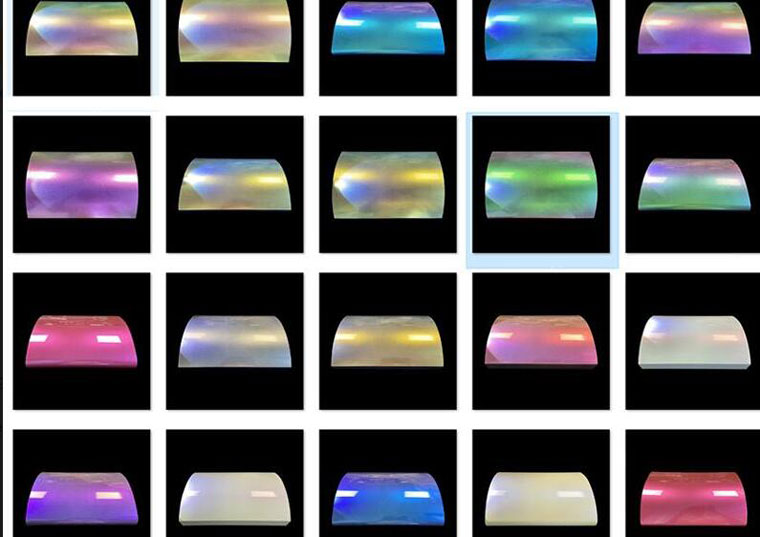
Pic# Chameleon pigment
3. Optically variable pigments, also called multichromic pigment, super chameleon pigment or colorshift pigment. It is developed from chameleon pigments, are a new high-end pigment. They differ from chameleon pigments in their product structure.
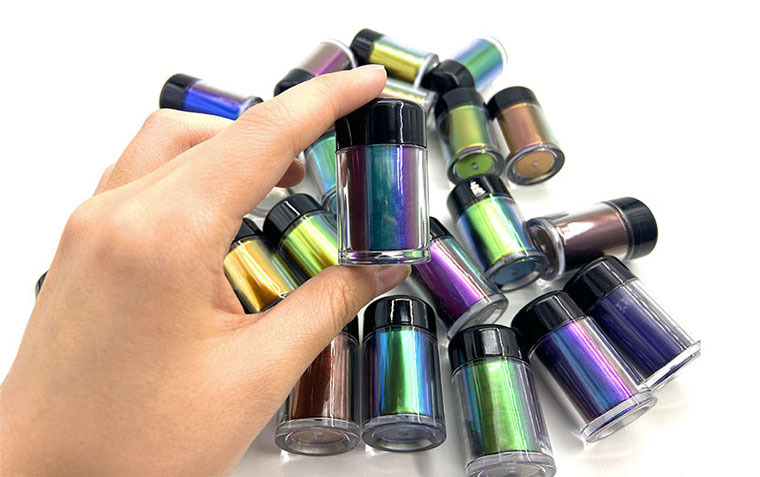
Pic# Optically variable pigment
This kind of high-end colorshift pigment has a stronger color concentration, more color change levels, and scarcity than ordinary chameleon pigments. It is often used in anti-counterfeiting products such as banknotes, as well as some high-end automotive coatings, car exteriors, and high-end cosmetic pigments.
Currently, in 2025, the market price for mid- to high-end products is between USD$2,300 and USD$4,000/kg (based on an MOQ of 100 grams). There are also some mid- to low-end and higher-end series, with varying prices. Of course, as market demand expands, driving an increase in production capacity, prices will also drop, and may even become more favorable.
4. Optically variable magnetic pigments (Cat's Eye Effect Pigment) are optical variable pigments with the addition of magnetic silver. For example, in cosmetic applications, after a manicure, the pattern changes under the influence of a magnet. They are more expensive than refractive pigments.
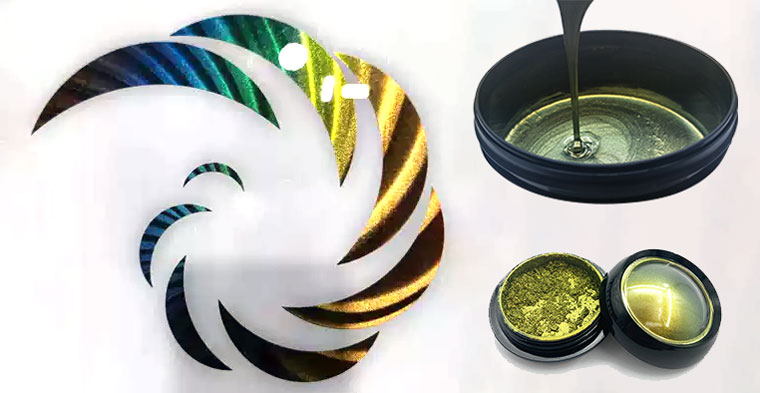
Pic# Optically variable magnetic inks
5. iSuoChem is also developing and launching more new high-end pigments. Contact iSuoChem for more information on the latest and most popular pigments.
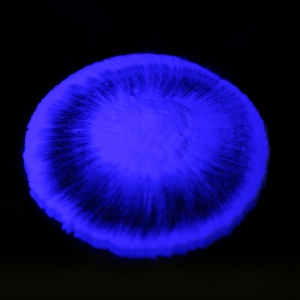
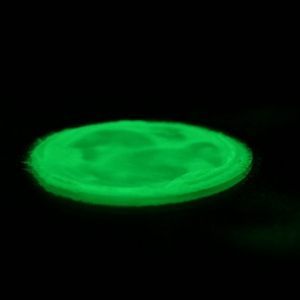
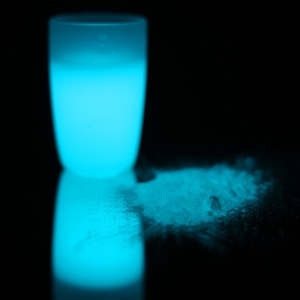

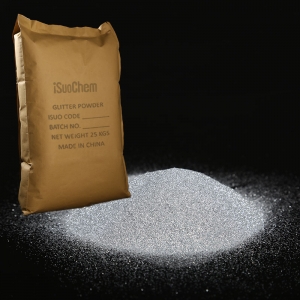
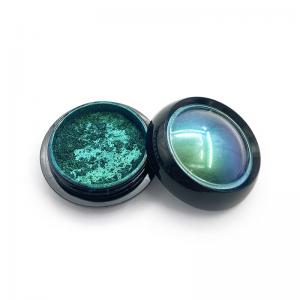






 +86 13965049124
+86 13965049124
 English
English  français
français русский
русский italiano
italiano español
español português
português العربية
العربية 한국의
한국의 ไทย
ไทย Tiếng Việt
Tiếng Việt







